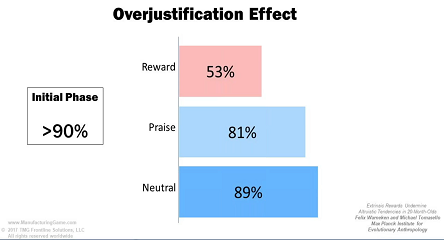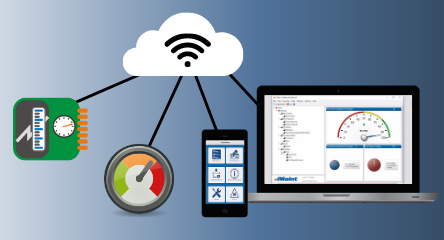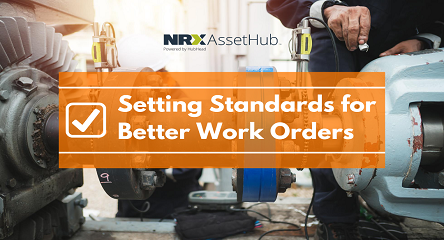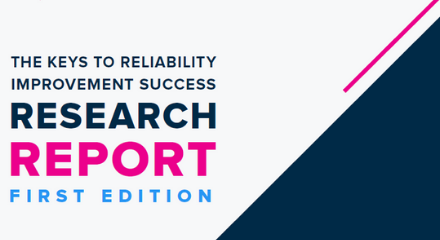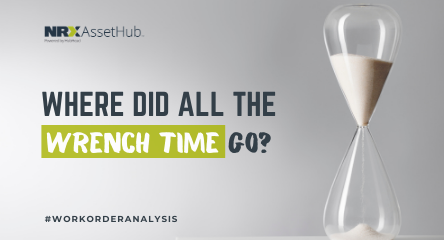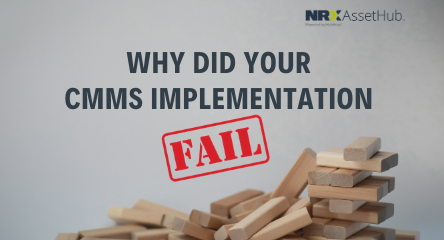Run to Failure Shouldn’t be an Option: Preventive Maintenance and CMMS
Preventive Maintenance
One of the leading concepts being adopted in asset-intensive companies today is the idea of preventive maintenance. With the emergence of CMMS and EAM systems designed to automate many industrial processes, preventive maintenance is now being seen as a necessary option for many businesses.
The reasoning behind implementing preventive maintenance plans is that costs and time can be shifted from repairs to investment in actions that will aim to stop unscheduled maintenance and possible accidents. This is contrary to a reactionary approach to these situations, which is often what asset-intensive companies resort to.
Through a CMMS, firms can plan repairs and allocate wrench time more efficiently, ideally cutting costs along the way. Here are the top 5 ways that CMMS contribute to preventive maintenance and why its best to move you could make.
1. Asset Monitoring
With complete peace of mind, constant asset monitoring is an important feature that many CMMS systems provide. Its involvement in preventive maintenance revolves around ensuring that all information related to assets and machinery is available to the employees at any given time. This acts as a focal point for many of the other tenets of preventive maintenance, such as scheduled repairs, maintenance routines, and strategic planning.
2. Purchasing and Procurement
Related to asset monitoring, many CMMS systems will also include the ability to handle purchasing and acquisition. Instead of relying on external communication to ensure inventory needs are met, automated re-orders and purchase requisitions can be set in a CMMS and be accessible to the necessary parties. This contributes to the idea of preventive maintenance as it gives asset-intensive companies the tools to have more control over their costs. Moreover, it ensures that replacement parts are always stocked and accounted for.
3. Maintenance Routines
Maintenance routines are also becoming a key part of preventive maintenance. They are largely a result of implemented timelines for equipment servicing. Regular servicing is recorded and, thus, a maintenance routine is established. What a CMMS contributes to these processes is transparency. Employees across all divisions of a company will be able to see which assets are up next for repair. This prevents loss of productivity and potential savings since time isn’t wasted consulting over details and preventable damage is circumvented. The reliance on routines can be furthered by auto-scheduling, which reinforces the presence of preventive maintenance.
4. Real-Time Information
Although a relatively new concept technologically speaking, real-time integration in software solutions is fairly widespread. The same goes for CMMS as well. Its role in preventive maintenance is reliability; if tasks need to be completed as quickly and safely as possible, the most up-to-date information needs to be available. In this day and age, it is almost disadvantageous to adopt an asset maintenance software that does not have this feature in some capacity.
5. Planning for the Future
From an entrepreneurial standpoint, planning ahead is an important step when examining the ways that CMMS systems contribute to preventive maintenance. Lowering expenses and increasing productivity have been mentioned at length previously with regards to the specific operations of a business, but they also provide data that informs larger decisions. Key performance indicators (KPIs) and other reports, within a CMMS, can help management in deciding what is best for the future of their company, especially if they are choosing to do so with preventive maintenance in mind.
